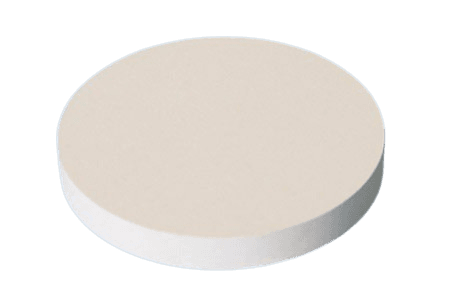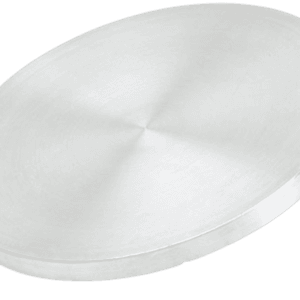Lithium Oxide Sputtering Targets Description
Lithium Oxide Sputtering Target is a specialized material used in the sputter deposition process, which is employed to deposit thin films onto substrates with high precision and control.
During sputtering, the Lithium Oxide Sputtering Target is bombarded with high-energy ions, leading to the ejection of atoms or molecules from the target material. These ejected particles then deposit onto a substrate, creating a thin film of lithium oxide. This process ensures the formation of a uniform and well-defined film layer.
Related Products: Lithium Chloride Sputtering Target, Lithium Borate Sputtering Target
Lithium Oxide Sputtering Targets Specifications
| Compound Formula | Li2O |
| Molecular Weight | 29.88 |
| Appearance | Metallic solid |
| Melting Point (℃) | 1570 |
| Boiling Point (℃) | N/A |
| Theoretical Density (g/cm3) | 2.013 |
| Available Sizes | Dia.: 1.0″, 2.0″, 3.0″, 4.0″, 5.0″, 6.0″ Thick: 0.125″, 0.250″ |
Lithium Oxide Sputtering Targets Application
Lithium Oxide Sputtering Target is suitable for applications in battery technology, fuel cells, and as a component in specific ceramics and glasses.
Lithium Oxide Sputtering Targets Packaging
Our Lithium Oxide Sputtering Targets are meticulously handled during storage and transportation to ensure they remain in pristine condition.
Get Contact
TFM offers Lithium Oxide Sputtering Targets in various forms, purities, sizes, and prices. We specialize in high-purity thin film deposition materials with optimal density and minimal grain sizes, which are ideal for semiconductor, CVD, and PVD applications in display and optics. Contact Us for current pricing on sputtering targets and other deposition materials that are not listed.





Reviews
There are no reviews yet.